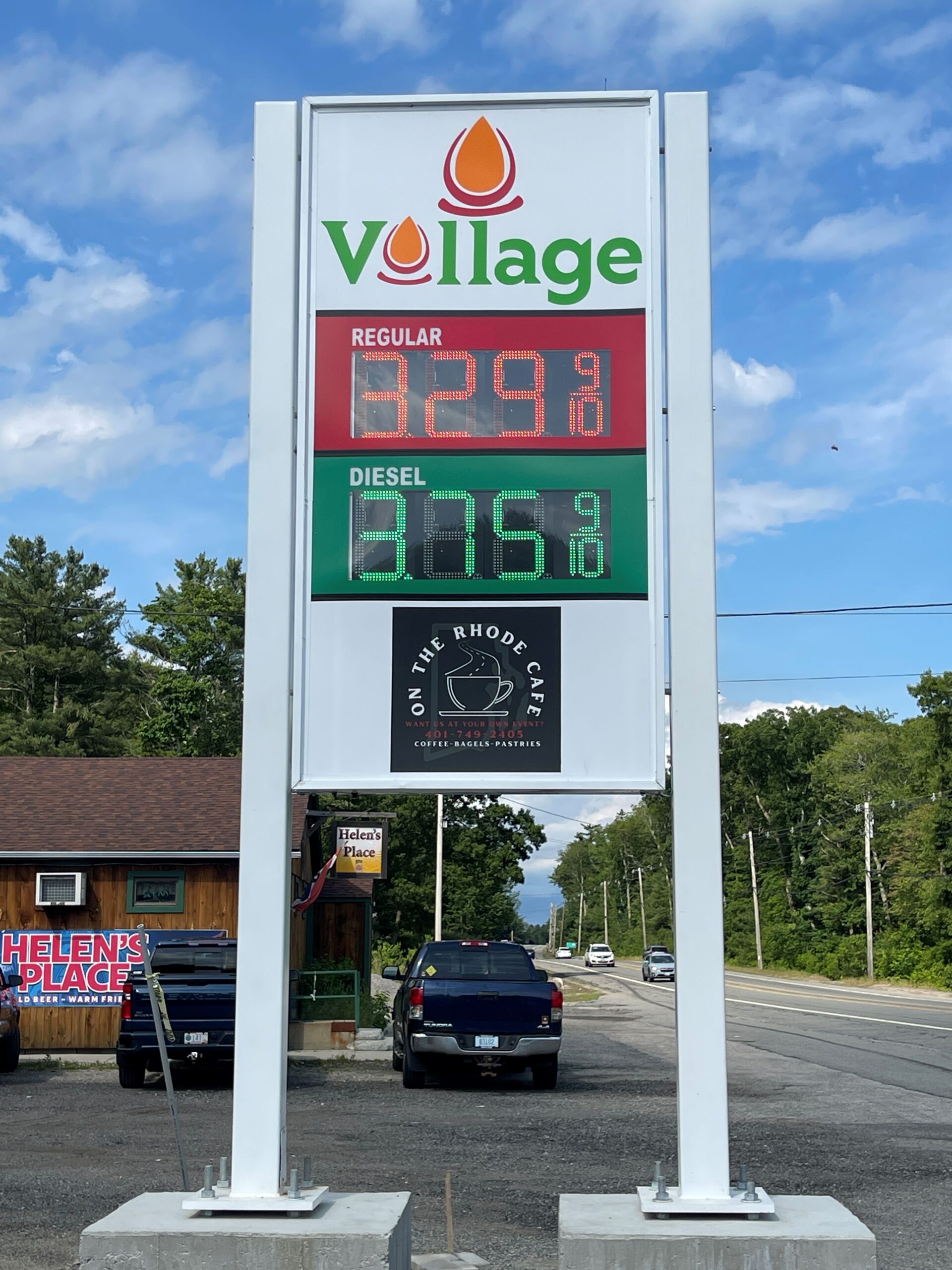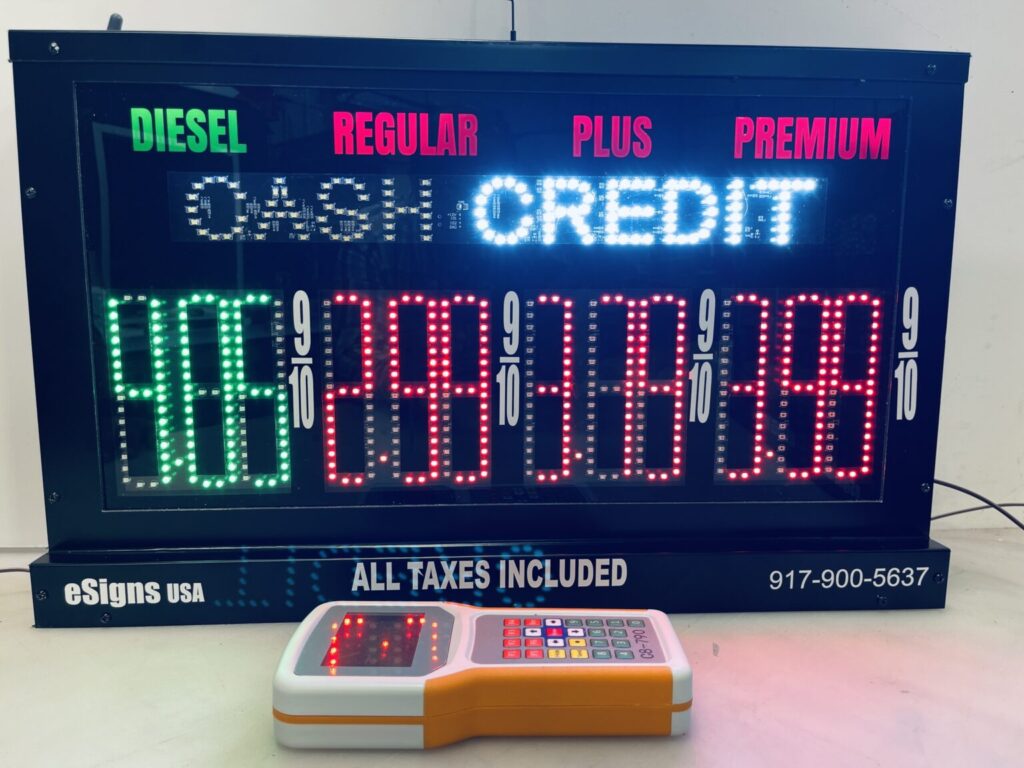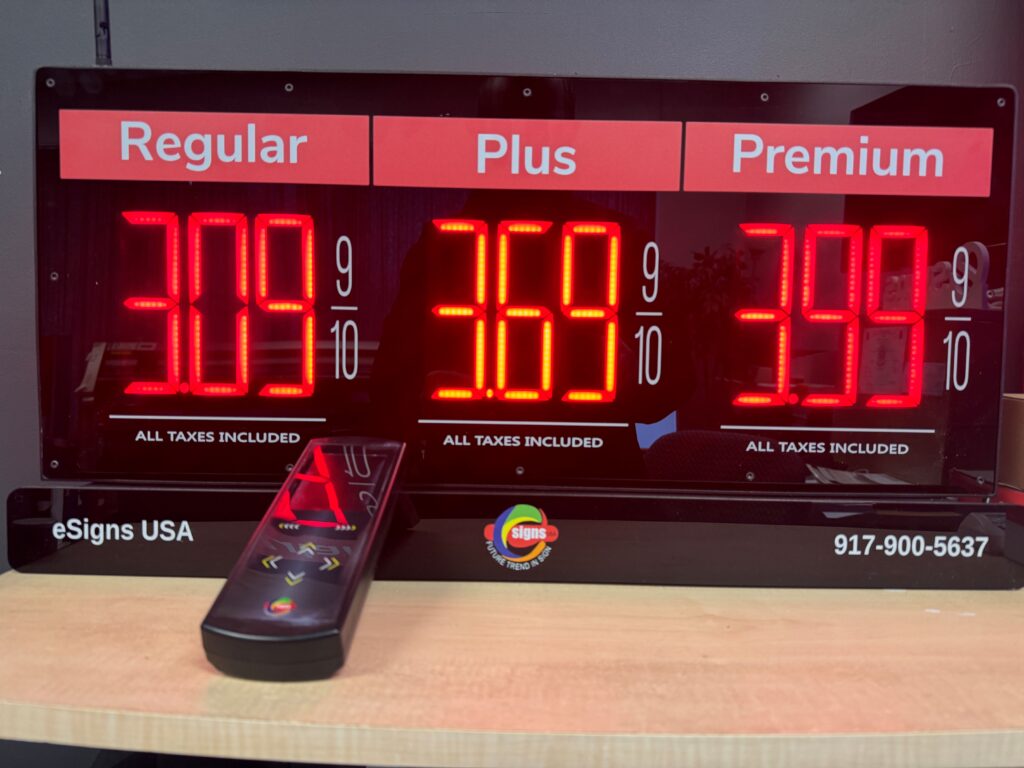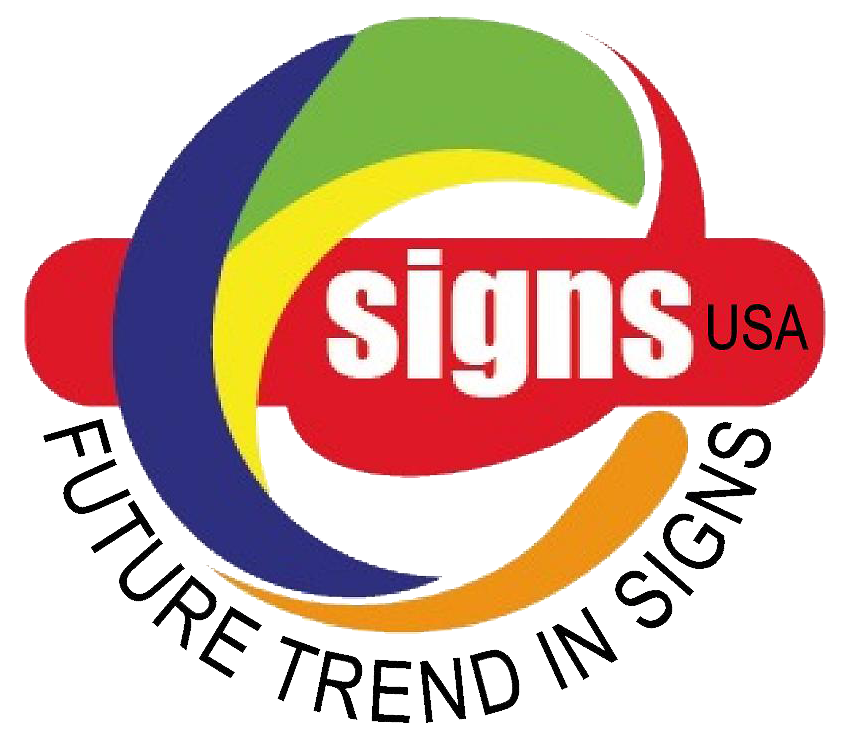
In today’s competitive fuel market, every second counts – and so does every customer. Picture this: dozens of vehicles passing by your gas station, with drivers making split-second decisions about where to fill up. Your gas price display could be the difference between them choosing your station or driving right past it. 🚗
Traditional manual price signs are becoming relics of the past, while LED Gas Price Pole Signs are revolutionizing the way station owners communicate with potential customers. These dynamic displays not only offer crystal-clear visibility day and night but also comply with stringent Measurement Instrument Directive (MID) regulations, ensuring accuracy and reliability in price display. ⚡
Let’s explore how these modern price displays are transforming the gas station industry, from their basic functionality to installation, maintenance, and long-term value proposition. We’ll guide you through everything you need to know about making this crucial investment in your business’s future.

Understanding LED Gas Price Signs
Key Components of Modern Gas Price Signs
Modern LED gas price signs consist of several crucial elements:
- LED Display Modules
- Control System/Software
- Weather-resistant Housing
- Power Supply Unit
- Communication Interface
- Mounting Hardware
| Feature | Benefit |
|---|---|
| Energy Efficiency | Up to 70% less power consumption vs. traditional signs |
| Visibility | Clear readability up to 300ft in any weather |
| Durability | 10+ years average lifespan |
| Remote Control | Easy price updates from inside |
LED technology revolutionises gas price displays through exceptional brightness, minimal maintenance, and significant energy savings. Station owners particularly value the remote updating capability, eliminating the need for manual price changes in adverse weather conditions.
MID Compliance Requirements
Essential MID compliance elements include:
- Display Requirements
- Minimum digit height
- Consistent brightness levels
- Clear decimal point placement
- Technical Standards
- Accurate price representation
- Fail-safe systems
- Error detection capabilities

- Modern LED gas price signs must adhere to strict Measuring Instruments Directive (MID) standards to ensure accuracy and reliability. These regulations guarantee consumers receive precise pricing information while protecting station owners from compliance issues.
- Now that you understand the fundamentals of LED gas price signs, let’s explore the proper installation and setup procedures to ensure optimal performance.
Installation and Setup
Mounting Requirements
- Pole diameter: 6-12 inches
- Height clearance: 20-25 feet minimum
- Foundation depth: 4-6 feet (weather-dependent)
- Wind load rating: 110+ mph
| Mounting Type | Recommended Use | Installation Time |
|---|---|---|
| Single Pole | Small displays | 4-6 hours |
| Double Pole | Large displays | 6-8 hours |
| Wall Mount | Indoor/canopy | 2-3 hours |
Power and Connectivity Options
- Dedicated 120V/20A circuit required
- Ethernet or wireless connectivity
- Backup battery system (optional)
- Surge protection requirements
Programming Initial Prices
- Access control panel via:
- Local interface
- Remote software
- Mobile app
- Set price segments
- Configure display brightness
- Test all LED segments
Safety Considerations
- Ground fault protection
- Lightning protection system
- Emergency shut-off switch
- Weather-resistant housing (IP65 rated)
The installation process requires certified professionals to ensure compliance with local building codes and electrical regulations. A proper site survey must be conducted before installation to determine optimal positioning and visibility. Power conduits should be properly sealed and weatherproofed to prevent moisture intrusion.
With proper installation complete, maintaining consistent operation of your LED gas price sign becomes the next crucial step.

Maintenance and Operation
Daily Price Updates
Digital price updates on LED gas price signs can be managed through user-friendly control systems. Most modern systems offer:
- Remote price changes via smartphone apps
- Scheduled automatic updates
- Manual control panel operation
- Integration with POS systems
| Update Method | Advantage | Time Required |
|---|---|---|
| Remote App | Convenient, anywhere access | 1-2 minutes |
| POS Integration | Automatic synchronization | Instant |
| Manual Panel | Direct control, no internet needed | 3-5 minutes |
Troubleshooting Common Issues
Common LED sign issues can often be resolved quickly:
- Flickering displays – Check power connections
- Dimming segments – Inspect LED modules
- Communication errors – Reset controller
- Display freezes – Power cycle the system
Cleaning and Preventive Care
Regular maintenance ensures optimal performance and longevity:
- Monthly cleaning schedule:
- Use non-abrasive cleaners
- Inspect for moisture intrusion
- Check seal integrity
- Clear debris from ventilation
- Quarterly maintenance:
- Tighten electrical connections
- Update software/firmware
- Test emergency systems
- Document performance issues
Now that you understand proper maintenance procedures, let’s examine the cost considerations involved in owning and operating LED gas price signs.
Understanding the Financial Landscape
Investing requires an awareness of how much you can afford and what you could potentially gain. Before making any substantial financial commitments, consider the following factors that play vital roles in shaping your investment strategy.
Initial Costs and Ongoing Expenses
When budgeting for an investment, it’s essential to factor in both initial and ongoing costs. These can significantly affect overall profitability.
- Initial Costs:
- Purchase price of the asset.
- Closing costs (legal fees, inspections, etc.).
- Any immediate upgrades or renovations.
- Ongoing Expenses:
- Maintenance and repair costs.
- Insurance and property taxes.
- Management fees if applicable.
By getting a comprehensive view of all potential costs, you can better prepare for the financial commitments ahead.
Factors to Consider When Choosing LED Gas Price Pole Signs
When choosing LED gas price pole signs, there are several aspects to keep in mind. First foremost is the sign visibility. It should be to read from afar, regardless of it’s bright daylight or nighttimeNext, consider the size and design the sign. It should complement the area without being overpowering, yet still be noticeable enough to attract attention.
Another crucial factor power consumption. Look for energy-efficient options that help reduce operating costs in the long run.
Durability is also essential, as the sign will be exposed to various weather elements. Select materials that can withstand fading and resist damage caused by rain, snow, or wind.
Finally, think about customisation options. Signs that can be easily updated will enable you to remain competitive, especially since fuel prices change frequently.

How LED Gas Price Pole Signs Attract Customers
LED Gas Price Pole Signs (MID) are crafted to the eye. Their, lively screens are from afar, making them hard to miss In a competitive environment this level of visibility essential.
When potential customers pass by these dynamic, they are more to stop for fuel The striking colors and fluctuating prices create a experience that static signage simply cannot offer.
Additionally, LED technology makes it easy to update pricing or promotions without trouble. This adaptability that your information remains timely and relevant.
Effective signage not only provides information but also encourages engagement. Seeing enticing displays showcasing better deals than competitors instills a sense of urgency—a strong motivator for drivers on the lookout for the best gas prices in the area.
